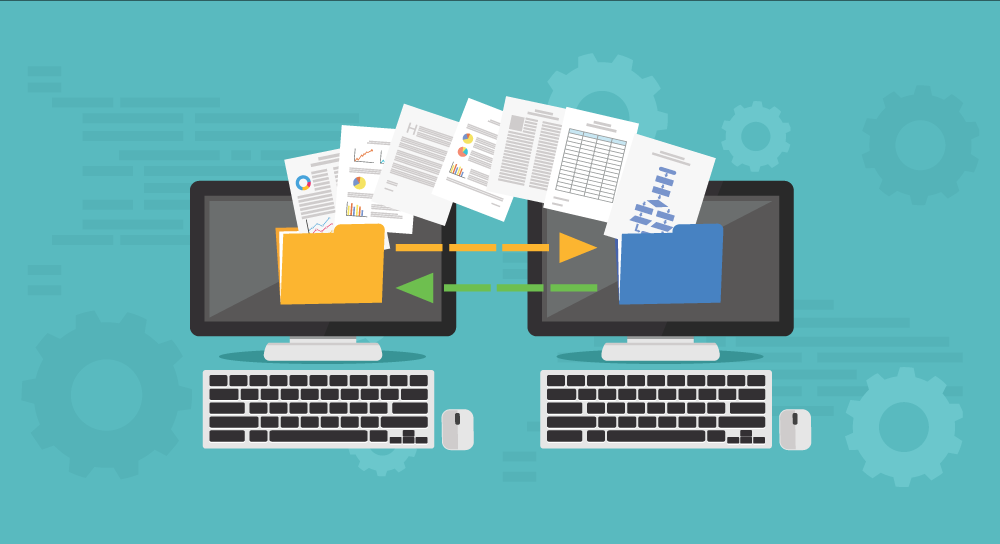Application migration and legacy application modernisation
What is Application Migration?
Application migration is the process of moving an application from one environment to another. This can involve moving the application to a new server, changing the operating system, or even migrating the application to a new platform altogether. Application migration can be a complex and time-consuming process, but it is often necessary in order to keep an application running smoothly and efficiently.

There are many reasons why an organization may need to migrate an application. For example, a Bradford organization may need to upgrade the hardware or software that the application is running on in order to improve performance or address security concerns. Additionally, a Bradford organization may need to migrate an application in order to take advantage of new features or capabilities that are available on a different platform. Whatever the reason for migrating an application, it is important to plan the migration carefully in order to avoid any disruptions to business operations.
When migrating an application, there are a few key considerations that should be taken into account. First, it is important to understand the dependencies of the application and make sure that all of these dependencies are accounted for in the new environment. Additionally, it is important to ensure that the data and configuration files associated with the application are migrated over to the new environment as well. Finally, it is also necessary to test the application thoroughly in the new environment before making the switchover from the old environment.
Application migration can be a complex and challenging process, but it is often necessary in order to keep an organization’s applications running smoothly and efficiently. By taking the time to plan the migration carefully and ensuring that all of the necessary steps are taken, organizations can minimize any disruptions to business operations.
What are the benefits of Application Migration?
Migration of an application from one platform to another can offer a range of benefits for businesses. When done correctly, it can result in improved performance, scalability, and security for the application. In addition, migration can also provide an opportunity to update or improve the application’s functionality.
By migrating an application, businesses within Bradford can also save money on hardware and software costs. The new platform may be able to use existing resources more efficiently, which can lead to a reduction in overall IT costs. Additionally, when updates or changes are made to the migrated application, they will be made simultaneously across all environments, which can save time and ensure consistency across all platforms.
Migration is not always easy, but the benefits it offers can be significant. By carefully planning and executing a migration, businesses around Yorkshire can improve the performance, scalability, security, and functionality of their applications. Additionally, they can save money on hardware and software costs, and ensure consistency across all platforms.
Thanks for reading! We hope you found this content helpful. If you would like to learn more about application migration or any other aspect of technology, please don’t hesitate to reach out to us. We would be happy to help!
What are best practices for Legacy Application Modernization?
Legacy application modernization is the process of transitioning an existing, outdated application to a newer technology platform. The goal of this process is to improve the performance and functionality of the application, while also reducing the cost and complexity of maintaining it.
There are a number of best practices that can help you achieve successful legacy application modernization. Here are a few of them:
1. Start with a clear goal in mind. Before you begin the modernization process, be sure to define your goals clearly. What are you hoping to achieve? Are there specific areas of the application that you want to focus on? Defining your goals up front will help ensure that the modernization process is successful.
2. Evaluate the current state of the application. Take a close look at the existing application and identify areas that need improvement. Is the application complex and difficult to use? Are there areas of the code that are outdated or inefficient? Identifying these problems will help you prioritize your goals for the modernization process.
3. Choose the right platform. When it comes to legacy application modernization, choosing the right platform is critical. You’ll need to select a platform that can support the modernized application while also providing backwards compatibility with the existing codebase. In many cases, migrating to a new platform is the best way to achieve successful modernization.
4. Implement a phased approach. Don’t try to modernization the entire application all at once – it’s simply too big of a task. Instead, break the process down into smaller, manageable phases. This will help you stay on track and avoid getting overwhelmed by the scope of the project within Yorkshire area.
5. Test, test, test. Once you’ve modernized your application, it’s important to thoroughly test it before making it live. This will help ensure that the application is stable and free of any bugs or errors.
By following these best practices, you can make sure that your legacy application modernization project is successful. With a little planning and care, you can transition your existing application to a new platform by contacting Bradford Apps and improve its performance and functionality.
